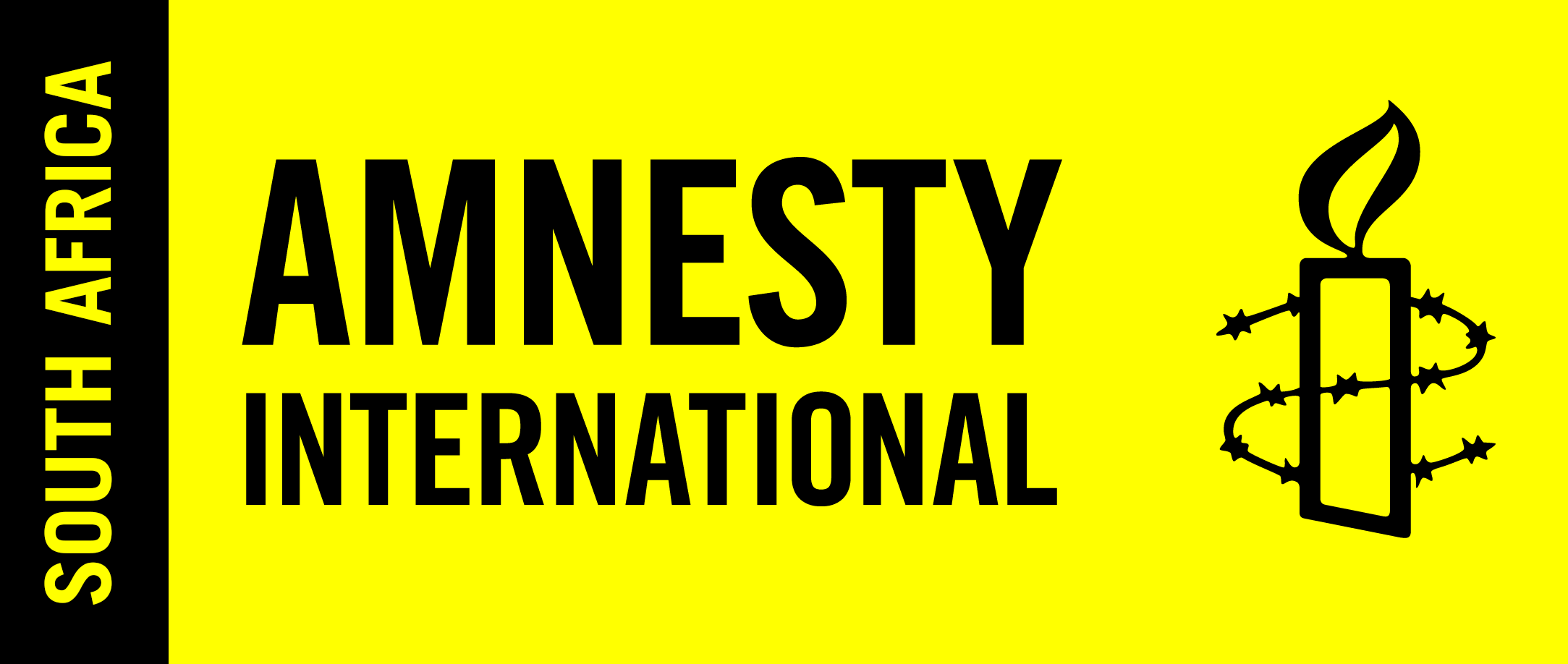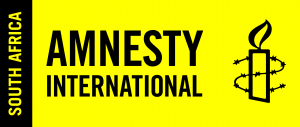It’s hard to walk down a street in South Africa without noticing a water leak, which says something gravely concerning about the state of the country’s water infrastructure, and the ability of the government to work towards water security.
South Africa is a water-scarce country, meaning the demand is larger than the amount of available water. The country’s annual precipitation (rainfall) average is less than 500mm, which is well below the world average of 850mm per year. The climate crisis and climate variability will also further impact the country’s availability of water.
It is then disgraceful that over 40% of the country’s non-revenue water is lost to leaks and a shocking waste of a finite resource, given how crucial it is for the protection of livelihoods, health and a productive economy.
The water crisis emerging in parts of South Africa can largely be attributed to the lack of maintenance of infrastructure leading to broken or damaged pipes. This didn’t happen overnight, but instead the mismanagement of the country’s water has been a decades-long neglect of this finite resource, threatening access to safe, sufficient and reliable water for millions of people in South Africa.
At times we’ve watched this amplified through extreme weather events, which have been exacerbated by climate change and climate variability (when temperature and precipitation differ from the average), thus identifying the need to build climate-resilient infrastructure in the face of the climate crisis.
In 2022, heavy rainfall covered KwaZulu-Natal (KZN) from 8-13 April, causing flooding, loss of life, severe damage to infrastructure, and disruptions in essential services such as water. In the aftermath of the KZN floods, water scarcity was one of the biggest challenges faced by communities. Damage to water infrastructure (aqueducts, pipes, pumps, and wastewater treatment works) resulted in widespread disruptions to water supply throughout the region.
The Tongaat Wastewater Treatment Plant, for example, was completely decimated in the floods. The state of eThekwini’s water infrastructure was already in a precarious position before the floods, and although with the nature of extreme weather events, it is, and will be, impossible to prevent all damage to infrastructure, regular maintenance and upgrading of infrastructure might have mitigated some of the damage that occurred.
In the same year, the Nelson Mandela Bay Municipality fast-tracked the advent of the city’s day zero by failing to ensure that water was not lost to thousands of leaks. Despite the city facing a water crisis, due to a prolonged drought, the area was losing about 29% of its water supply to leaks. The metro had been facing a drought since 2016, giving the local government ample time to ensure the ongoing maintenance of infrastructure was occurring to safeguard the little water it had.
Fast forward to 2024 and municipalities across the country are warning of a water supply crisis due to poorly maintained infrastructure. In Durban, 58% of water is being lost, followed by Johannesburg (48.2%) and Gqeberha (48%), to name a few. In Gauteng, Rand Water is projecting water supply challenges until 2027 when the continuously delayed Lesotho Highlands Water Project is expected to be completed.
The quality of water is also deteriorating, with the 2023 Blue Drop report revealing that there has been a decline in access to quality and safe drinking water, with tests carried out by municipalities finding that 46% achieved poor or bad microbiological water.
The consequence of a dysfunctional water sector is that the right to safe, sufficient and reliable water is being threatened for millions of people. Over three million people in South Africa do not have access to a basic water supply service and 5.3 million households do not have access to safe and reliable drinking water, with this expected to increase should the country’s water security not be prioritised.
So who is responsible for this? It is the responsibility of all spheres of government to work towards water security, which UN Water defines as “the capacity of a population to safeguard sustainable access to adequate quantities of acceptable quality water” to sustain various aspects of a society.
Water security takes into consideration matters of quality, quantity and the equitable distribution of water. The maintenance of and investment in water infrastructure plays a pivotal role in achieving water security. This includes oversight of the reliable storage of water through dams, pipelines, reservoirs and treatment plants.
For many parts of the country, the short-term solution is not complicated — the government must work with skilled engineers to monitor and fix the pipes and wipe out corruption and the mismanagement of public funds in the sector.
In the long term, all spheres of the state must allocate human, financial and political resources to develop and work on an integrated and sufficiently funded plan that safeguards this resource. It is the responsibility of the incoming government, no matter what that looks like, to fix the current water crisis that is threatening the rights of millions of people in South Africa, and work towards achieving water security.
The issue of water security is no small matter, and the urgency with which it must be addressed should match the same urgency with which the government has spoken about other issues such as gender-based violence, or the ongoing conflict in Israel and Palestine, because ultimately humans need this precious resource to survive.
Alicia Jooste is the senior programme officer at Amnesty International South Africa.
This op-ed first appeared in Daily Maverick on 27 June 2024.


